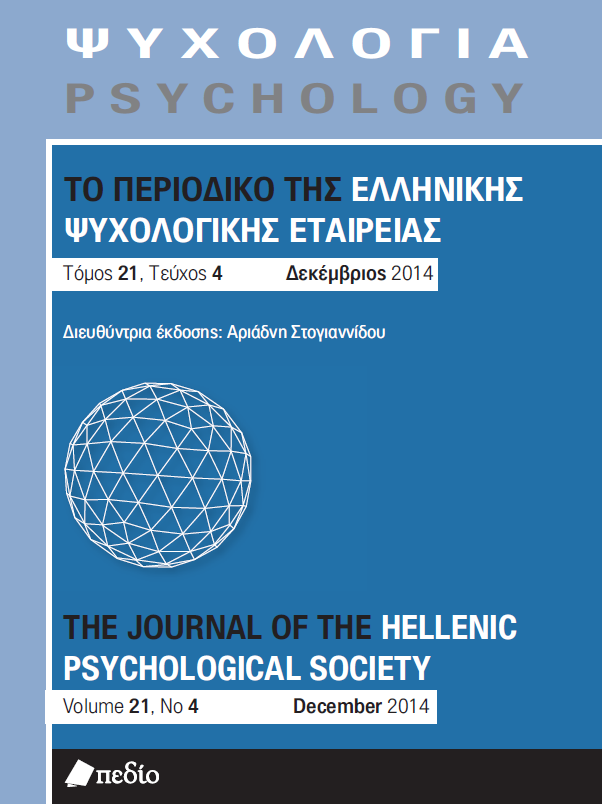Dyslexia and brain asymmetry: A review of studies using anatomical and functional brain imaging

Abstract
Developmental dyslexia is a learning disorder that is marked by reading achievement that falls substantially below that expected given the individual's chronological age, measured intelligence, and age-appropriate education (ICD-10, WHO, 1993). It is estimated to affect 5-17% of the student population. It is a disorder that is neurological in nature (Habib, 2000. Σίμος, Μουζάκη, & Παπανικολάου, 2004), but which requires educational intervention. Recently, there has been considerable progress in the investigation of the neurobiological underpinnings of dyslexia. Yet, even today Orton’s 1925 hypothesis, postulating that individuals with dyslexia have not adequately developed
the typical left cerebral lateralization for language and are symmetrical or right-hemispheric dominant for language, remains timely and is under investigation. The present narrative review presents research studies that have investigated the inadequate lateralization hypothesis using anatomical and functional brain imaging. Findings show, for the largest part, that individuals with dyslexia do indeed show anatomical and functional differences in the language networks of the left hemisphere, compared to typical readers. In conclusion, inadequate lateralization is an important neurobiological factor for the development of dyslexia, albeit it is not the only one.
Article Details
- How to Cite
-
Κουφάκη Α., & Παπαδάτου - Παστου Μ. (2017). Dyslexia and brain asymmetry: A review of studies using anatomical and functional brain imaging. Psychology: The Journal of the Hellenic Psychological Society, 21(4), 379–394. https://doi.org/10.12681/psy_hps.23508
- Issue
- Vol. 21 No. 4 (2014)
- Section
- THEORETICAL REVIEWS

This work is licensed under a Creative Commons Attribution-ShareAlike 4.0 International License.
The journal PSYCHOLOGY adopts a Platinum open-access policy. Submission, processing or publication costs are waived by the Hellenic Psychological Society. Papers published in the journal PSYCHOLOGY are licensed under a 'Creative Commons Attribution-ShareAlike 4.0 International' licence. The authors reserve the copyright of their work and grant the journal the right of its first publication. Third-party licensees are allowed to use the published paper immediately after publication as they wish, provided they retain the defined by the license copyright formalities, regarding the reference to its author(s) and its initial publication in the journal PSYCHOLOGY. Moreover, any adjusted work should be shared under the same reuse rights, so with the same CC license.


